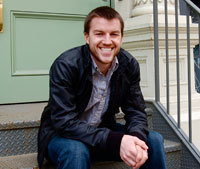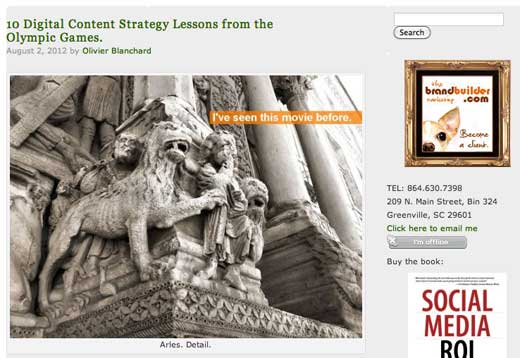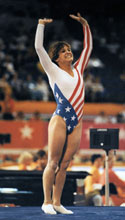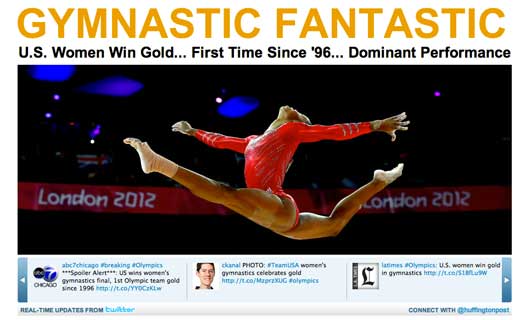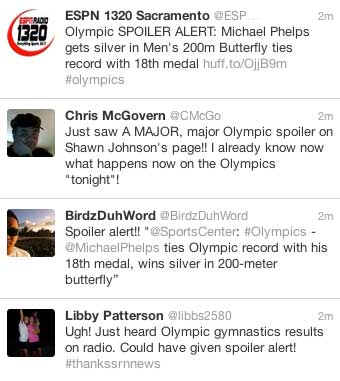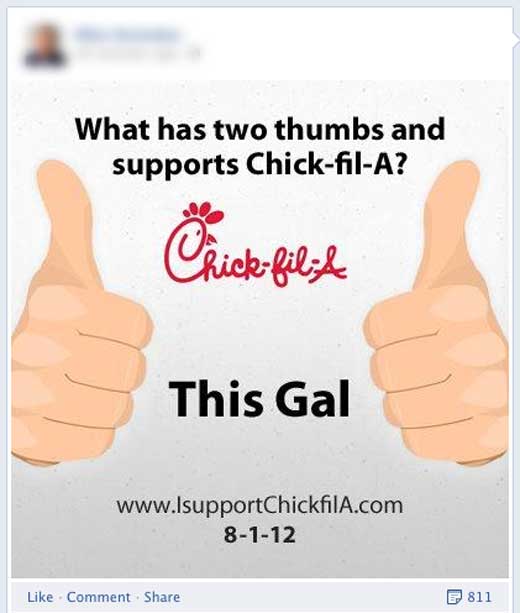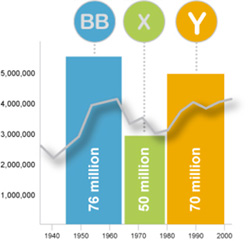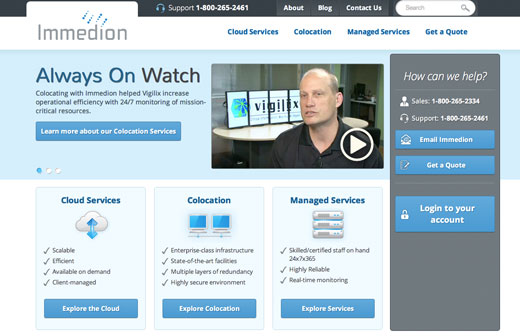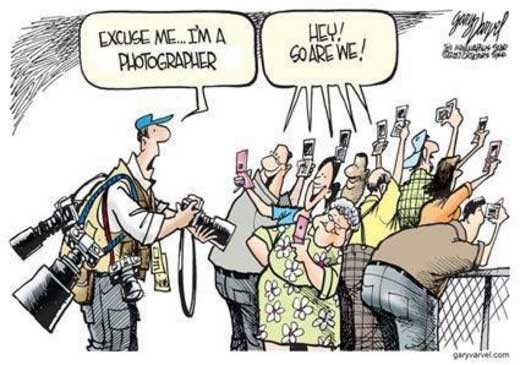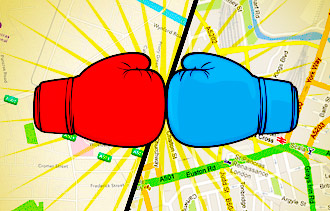
I think that MAPS on a mobile platform is going to be a large part of that conversation. Specifically MAP applications on our iPhones, Droids, etc. MAPS is a game that many tech groups (Apple, Google, Bing, etc.) are investing millions/billions of dollars.
With the release of iOS6 today for the iPhone and iPad, Apple just launched itself into the MAP Game competing with Google. They want to find better ways to connect consumers to local “brands” as a part of their search revenue stream.
I love this article by Entrepreneur.com talking about the competition between Google and Apple when it comes to the MAPs game.
“Expect new ways to market using your location.
Apple is already planning a Quick Route function as part of its local search function that can lead customers to stores. Not to be outdone, Google is offering packages for automated business listings, and promotional services as part of its Places for Business product as well as turn-by-turn navigation for bicycle commuters.
And where Google and Apple go, so goes Microsoft. The company announced its most aggressive upgrade to its map imagery in July. This will be offered as part of its MapPoint 2013 software product that ties in not only geographic data to maps, but population information and research content aimed at showing businesses location-based opportunities and marketing trends.”
AND THIS…
“Maps need to become part of your search strategy.
Smart businesses will be proactive on how mobile users find and interact with them on maps. Among the new features that businesses can expect to exploit are the expanded role for social content and the ability to offer location-based deals.
Apple’s Maps application is stressing local reviews and search content from Yelp, which announced in June that it will be directly built into Apple maps. Google recently upgraded its Google+ integration for maps with Google Map Maker, which builds local content added by users into its maps. And earlier this summer, Microsoft announced new integrations with Nokia as part of its interactive features on Windows phones.”
And from BBC.com:
“As the internet goes mobile, there’s a huge amount at stake for both companies, and maps are a key weapon in the battle to be top dog. The nascent mobile advertising industry is heavily focussed on location based services, so owning the dominant mapping system could prove very lucrative.”
The communicators that will prevail in this social/digital space will be the ones that recognize the power of MAPS, research the impact on their organization’s revenue opportunities, integrate into the communication plan, and be open to innovative third party applications.
So think…how can we as communicators for large, medium, and small organizations think in terms of MAPS to connect with the consumer. How can we leverage these technologies that individuals are using everyday to connect with find and connect with our brand?
Let the wars begin!
***Image from Entrepreneur.com <– THANK YOU

